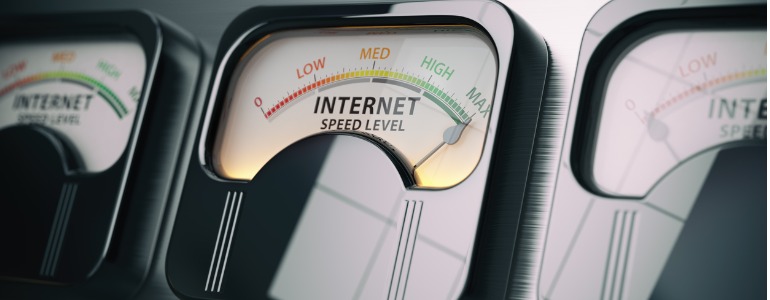5 Best Credit Card Apps for Your Small Business
The majority of Americans don’t carry much cash in their wallets anymore, relying instead and credit and debit cards. This trend could pose a problem for your small business if you don’t have a card-reading system, as limiting the forms of payment your business accepts won’t be a good move for your profit margin.
Fortunately, credit card apps are a great, low-budget solution. Check out these five credit card apps for small businesses to find one that works best for your company’s needs.
- Square
A darling of growing companies everywhere, Square has a great reputation as a reliable, user-friendly payment platform. The app itself is clean and intuitive, making it easy to navigate and set up. It’s also compatible with several other apps, so you’ll be able to easily sync your sales data with inventory, invoicing, and tax apps.
Square offers readers to accommodate both older magstripe cards and newer chipped credit cards, and it’s compatible with Apple and Android devices. It’s an affordable small business app—the company charges 2.75% per swipe, with slightly higher charges for keyed-in transactions. It requires no contracts and provides round-the-clock bank deposits.
- PayAnywhere
PayAnywhere doesn’t have the advanced features of more expensive credit card readers, like a chip reader, making it more suitable for small businesses still finding their feet than established companies with needs for more robust payment procedures. The app has fairly comprehensive functionality—you can create multiple user profiles, check out sales information, and even build out inventory libraries with item data and pictures.
The company will ship you a mobile card reader for free when you sign up for an account, and it will take 2.6% of all swiped mobile transactions. If you pay $12.95 per month for PayAnywhere’s Storefront edition, you’ll receive a tablet with a built-in reader, and the transaction charge will drop down to 1.69% for swiped transactions. You’ll also have to ensure that your sales go beyond the $5,000 mark each month, or you’ll pay an additional monthly fee of $79.
- Quickbooks GoPayment
Quickbooks GoPayment is a great option if you’re already a fan of other Quickbooks software. The app works with Apple and Android products, and GoPayment even offers a relatively inexpensive chip reader. A big benefit of this app is that it can be used to record check or cash payments, letting you keep a record of all transactions in a single platform. It also offers easy receipt customization and logo use.
GoPayment offers two monthly payment plans for its mobile credit card processing services, one of which is free. On the free plan, you simply pay a 2.4% fee per swiped transaction, plus a small transaction fee. On the paid plan, you’ll pay $19.95 per month in order to save on each transaction. Both plans come without termination fees, accept all credit and debit cards, and provide encryption for credit card processing.
- PayPal Here
PayPal Here is great for sellers who want to integrate online sales with in-person payments. The app provides fast access to things like invoice history and sales reports. You’ll also enjoy the app’s simple, clean interface, as well as its two flexible card reader options.
When it comes to pricing, PayPal Here is fairly straightforward. You’ll be charged a flat rate of 2.7% on swiped transactions, regardless of the type of credit card being used; for keyed-in transactions, that jumps to 3.5% plus $0.15. If you’re planning to run invoices, expect a fee of 2.9% plus $0.30.
- Shopify POS
Similar to PayPal, Shopify POS is great for small businesses working to bridge the gap between online and brick-and-mortar storefronts. The mobile app looks good, is easy to use, and provides relevant analytics such as inventory, sales, customer information, and more. It is also compatible with both Apple and Android products.
All of Shopify’s plans are paid, but there’s a healthy range to fit any budget. In-person transaction fees range from 2.2% to 2.7% per swipe, with those higher fees corresponding to lower plan options. If you’re interested in using a third-party payment provider, you’ll need to pay a small service fee to connect those transactions through Shopify.
When looking for a good credit card reader for your small business, it’s crucial that you carefully consider your organization’s current needs and capacities. Then, once you’ve picked a reliable credit card app, make sure your store has a fast, reliable business internet service to support the platform. With sales transactions running smoothly, you’ll be able to focus on what matters most—running your business.





